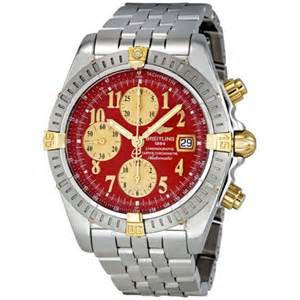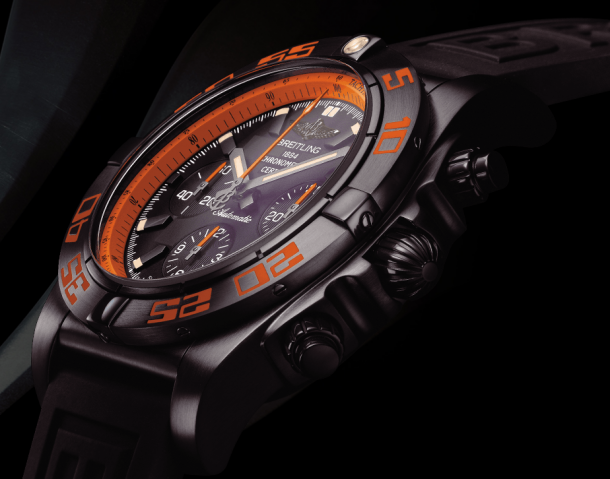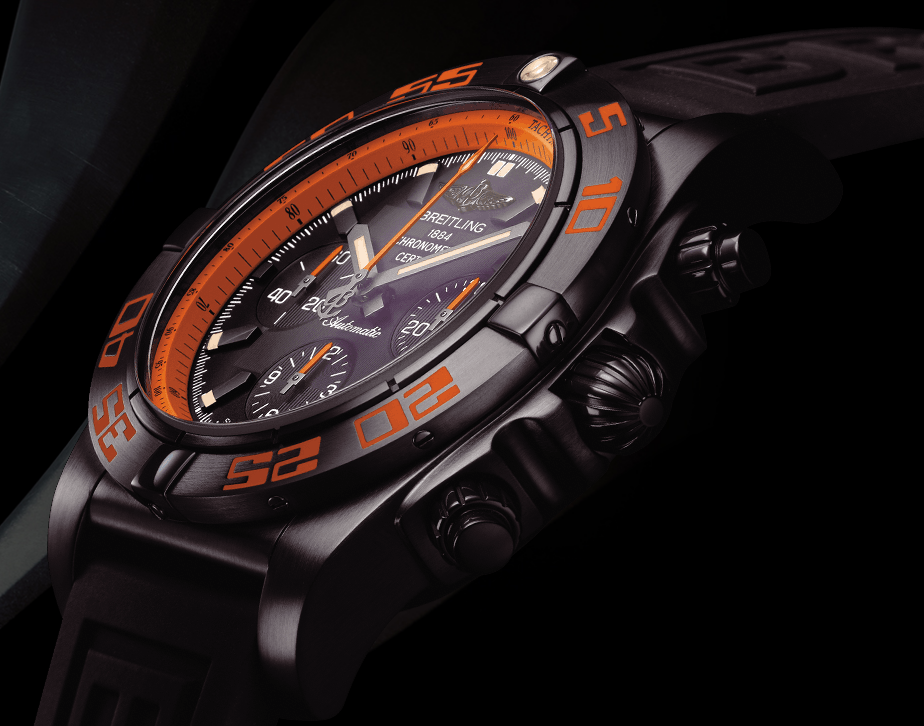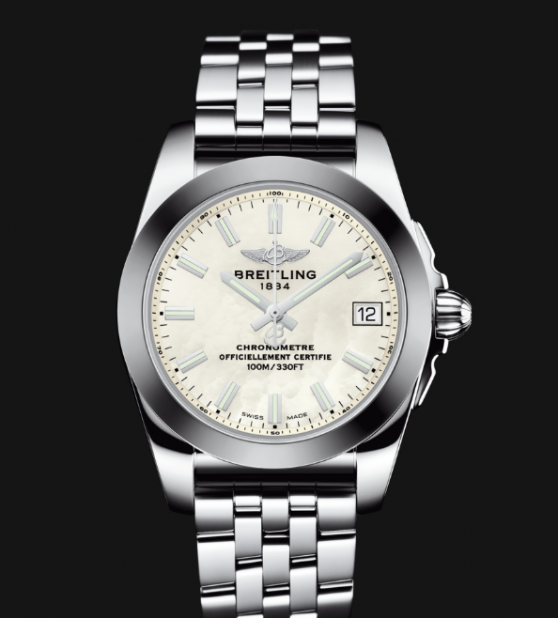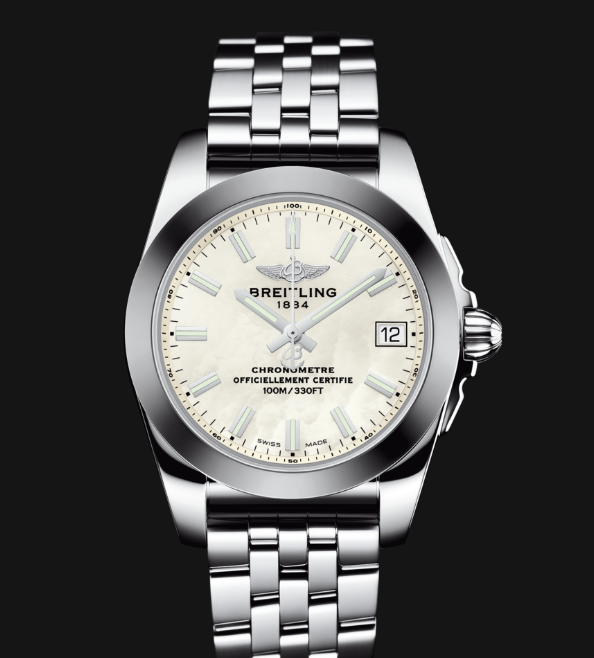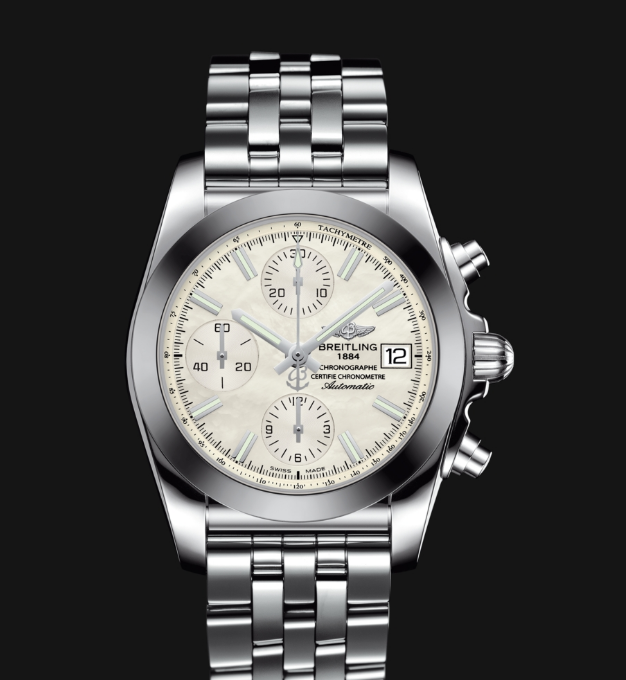Let’s take a closer look at celebrities’ 1:1 Swiss replica watches. Aaron Taylor-Johnson was attending a movie premiere in Los Angeles wearing a Rolex Cosmograph Daytona. We also have a double bill with Breitling this week. Austin Butler was photographed wearing a Breitling Chronomat Automatic GMT 40 in San Francisco, while Karolina Kurkova was spotted in the ladies’ Breitling Chronomat Automatic 38 fake watches for sale.
Aaron Taylor-Johnson: Replica Rolex Cosmograph Daytona Watches
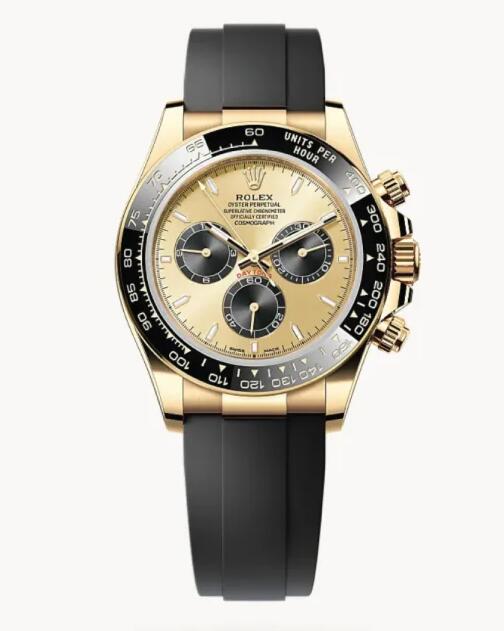
Actor Aaron Taylor-Johnson attended the premiere of Focus Features’ film Nosferatu at TCL Chinese Theatre in Hollywood this week. He could be seen sporting UK top fake Rolex Cosmograph Daytona watches in yellow gold. Housed in a 40 mm yellow gold case with a champagne-colored dial and black subdials, this copy watches for men is photographed here on a black Oysterflex rubber bracelet, although Taylor-Johnson has gone for the all-gold look with a matching yellow gold bracelet. The price is around the $34,000 mark with the rubber bracelet.
Austin Butler: Fake Breitling Chronomat Automatic GMT 40 Watches
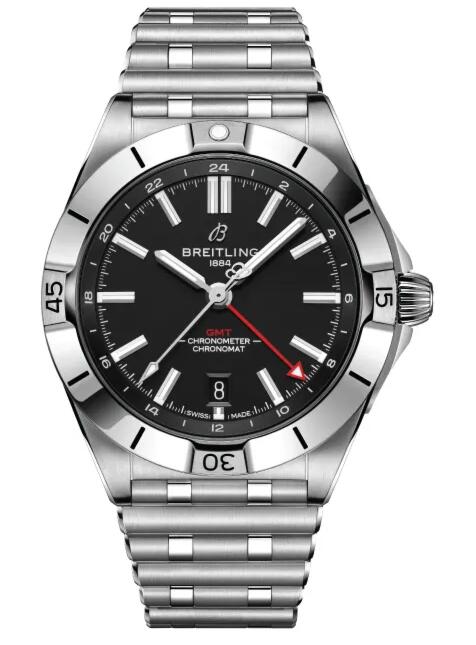
Hot off the announcement of getting the leading role in Luca Guadagnino’s American Psycho remake, Austin Butler was spotted wearing high quality replica Breitling Chronomat GMT 40 watches in San Francisco this week where he was attending the SFFILM Awards. Thanks to its automatic Caliber 32, the Chronomat Automatic GMT 40 allows the user to track a second time zone and know, at a glance, whether it is day or night. It is also an all-purpose sports super clone watches site with its 40 mm stainless steel case, matching integrated steel bracelet, easily adjustable onion crown, and 200-meter water resistance. This timepiece comes at a price of $6,150.
Karolina Kurkova: Breitling Chronomat Automatic 38 Replica Watches
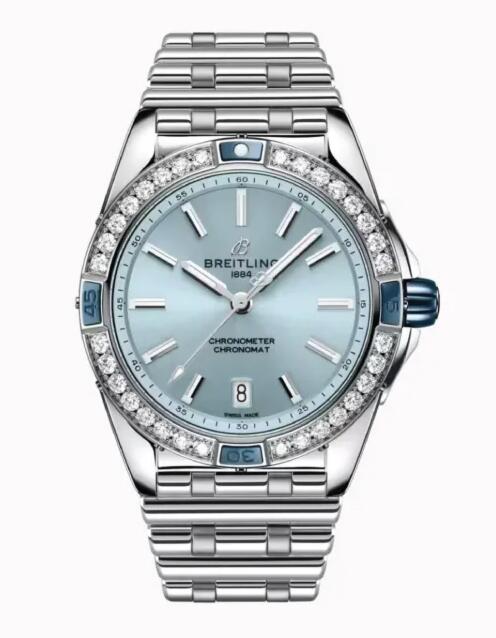
Supermodel Karolina Kurkova attended an Art Basel luncheon in Breitling’s boutique in the Miami Design District this week wearing the brand’s luxury fake Breitling Super Chronomat Automatic 38 watches with an icy blue dial and a sprinkling of lab-grown diamonds on the bezel. The perfect replica watches is powered by the COSC-certified Caliber 17 and is housed in a 38mm stainless steel case that is adorned with a blue ceramic crown and blue ceramic inserts at 12, 3, 6, and 9 o’clock. It is completed with a sporty integrated bracelet featuring an elegant system of links. Other details include a date at 6 o’clock and water resistance of 100 meters. You can expect to pay around $11,600 for this timepiece.
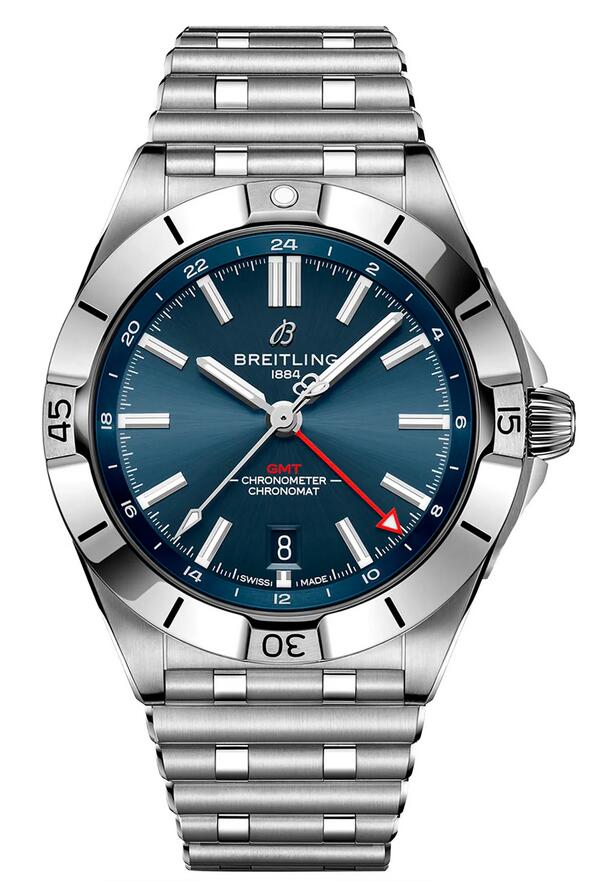
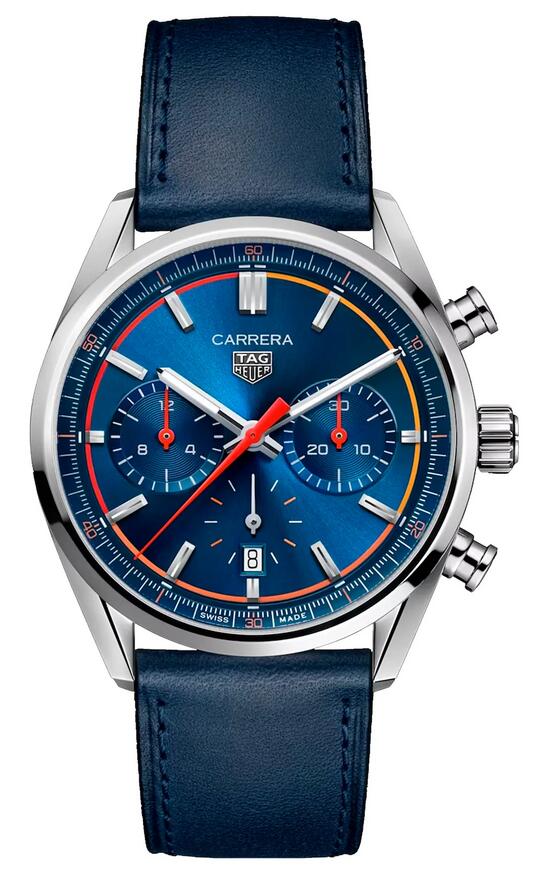
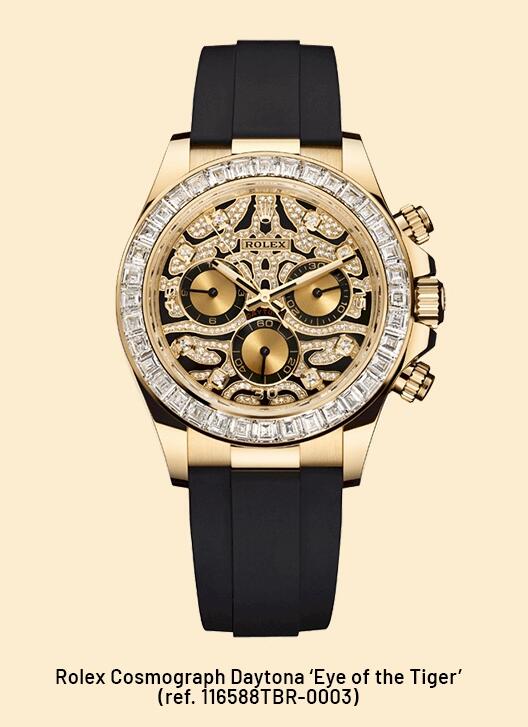
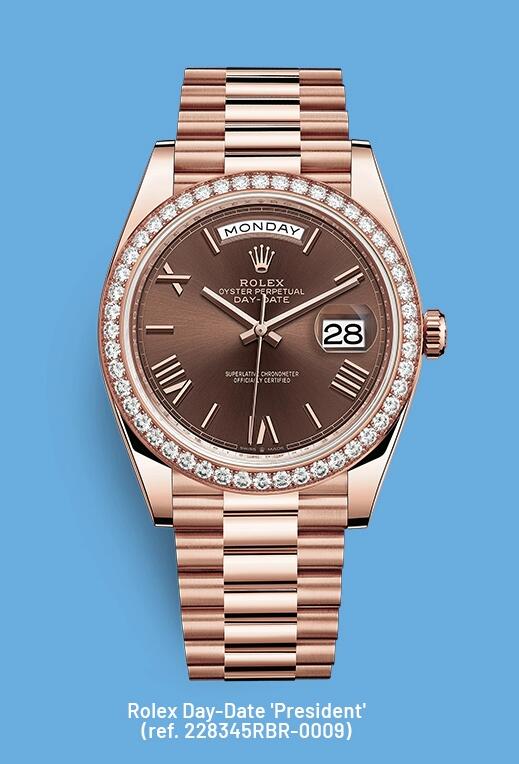
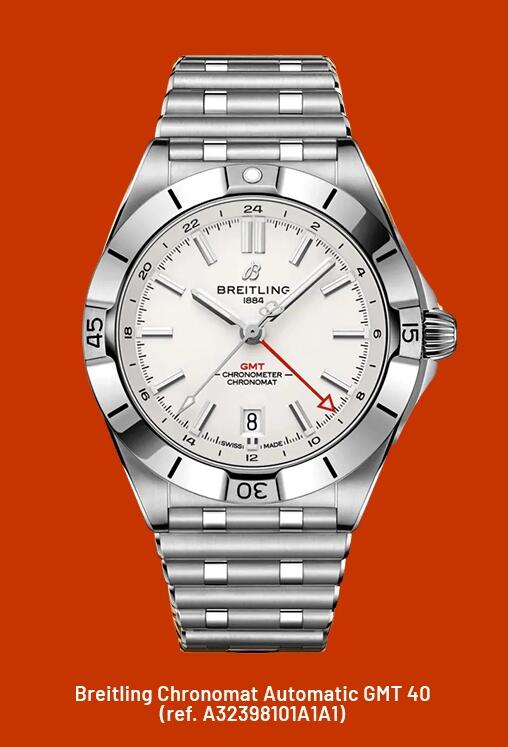
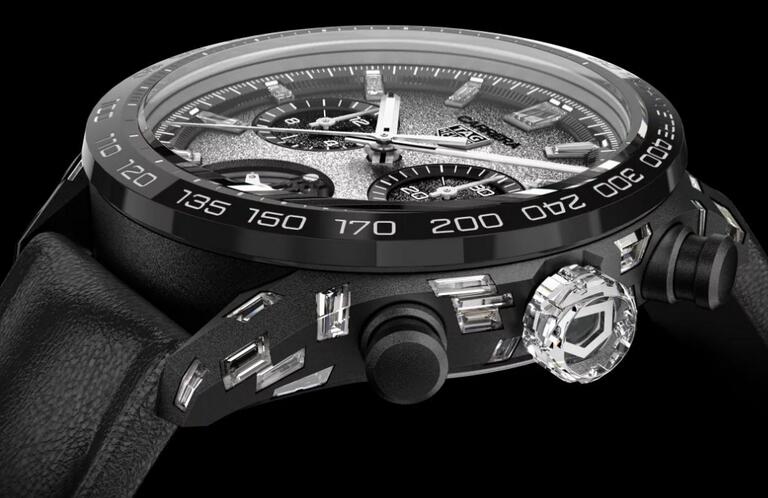
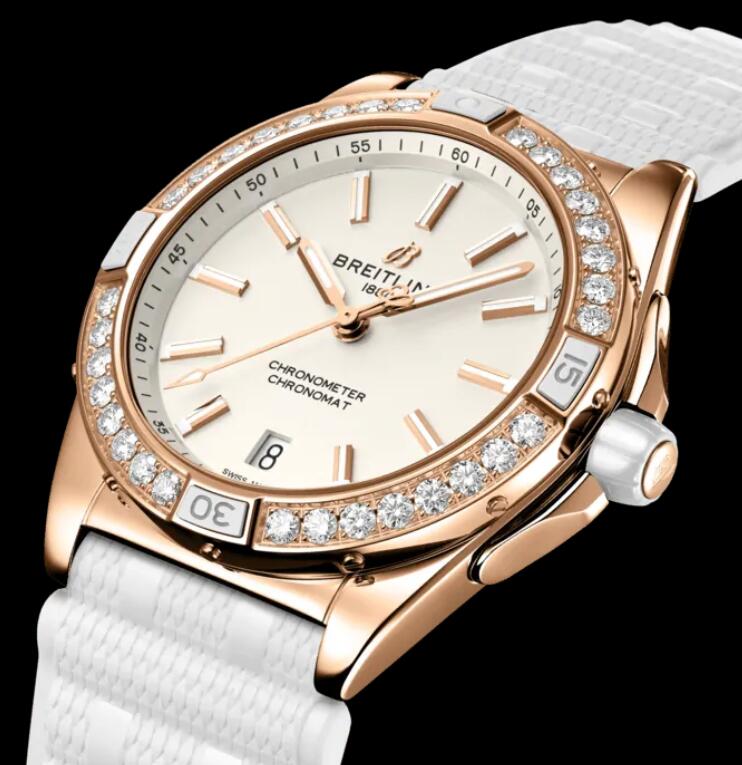
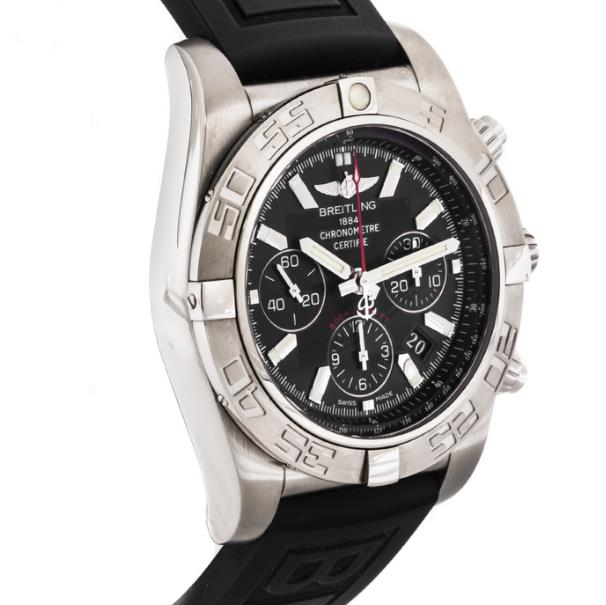
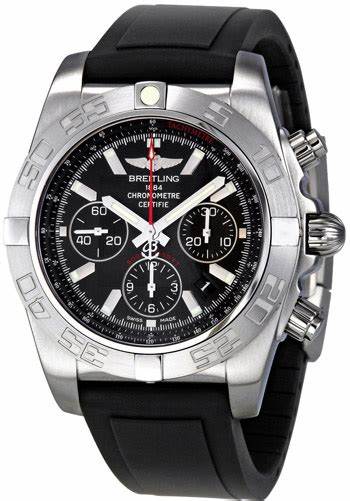
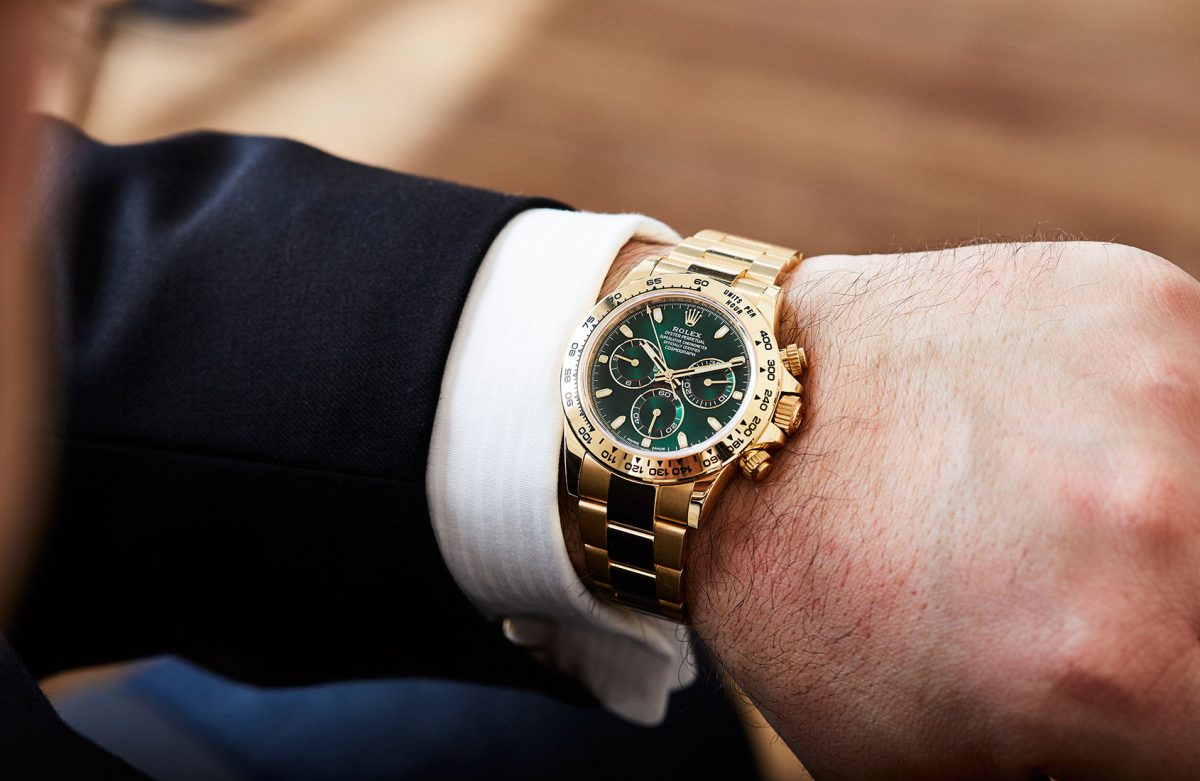
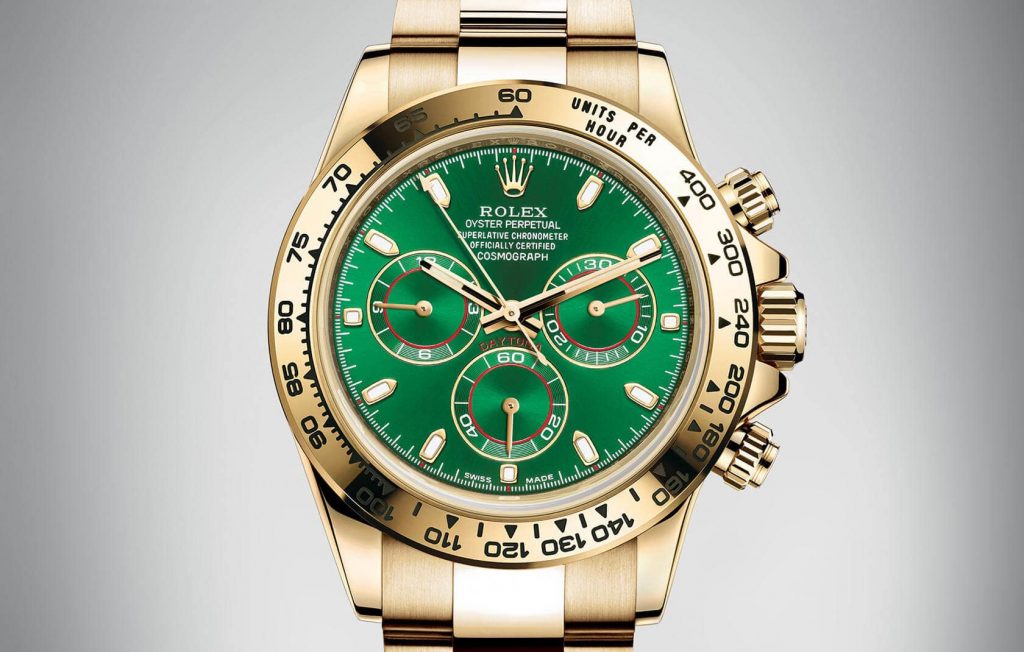
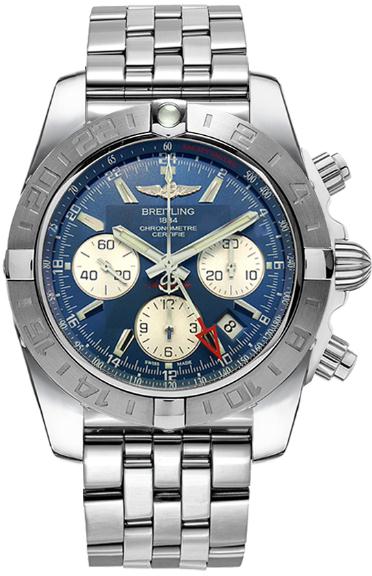
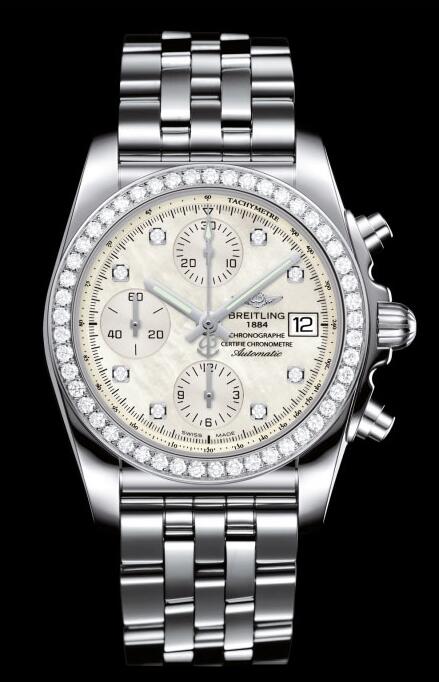
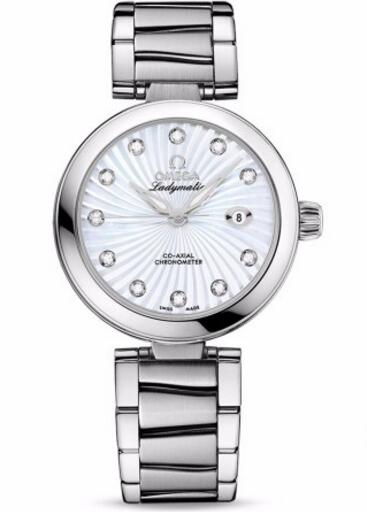
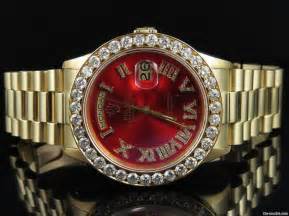
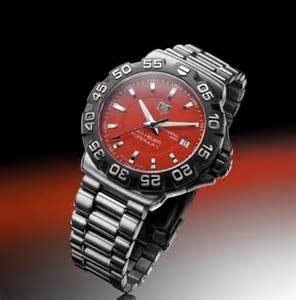
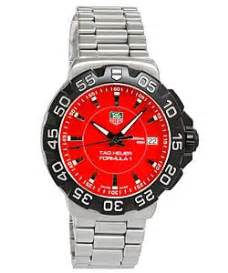 No.2 Black Stainless Steel Bezel Tag Heuer Formula 1 Fake Watches
No.2 Black Stainless Steel Bezel Tag Heuer Formula 1 Fake Watches